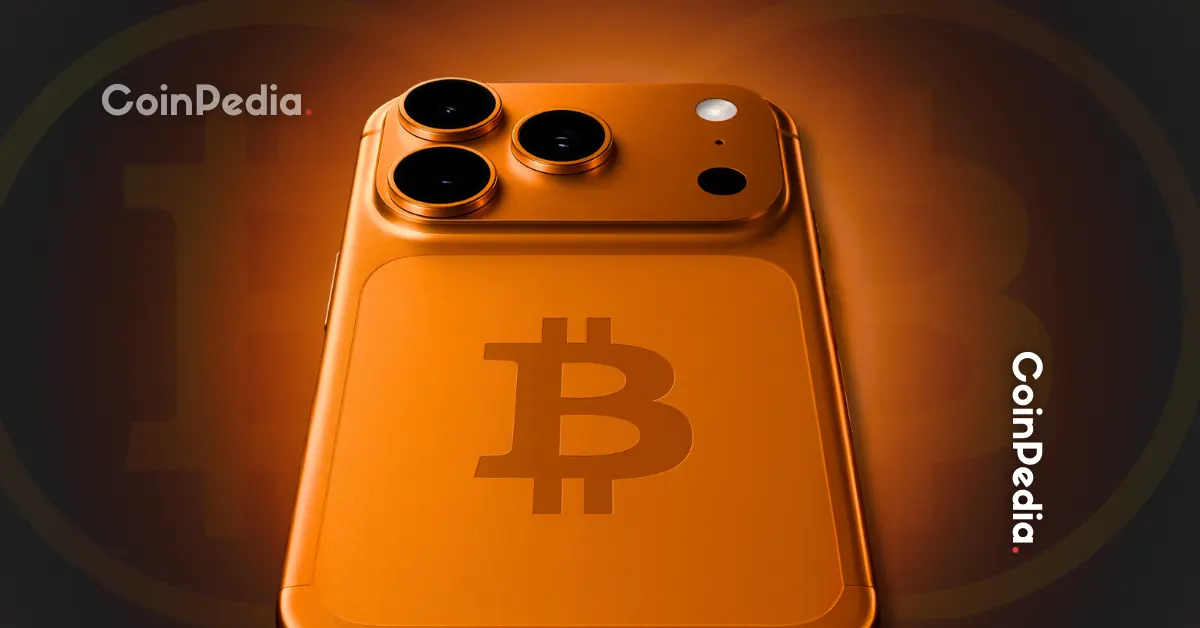
Apple iPhone 17 debuts MIE, a hardware-level shield that blocks zero-day memory exploits.
Crypto users get safer wallet signing & Passkeys, making fund-draining attacks far harder.
DiscusFish hails it as a milestone, calling it a big win for high-net-worth individuals.
The iPhone 17 introduces Memory Integrity Enforcement (MIE), a groundbreaking hardware-level security feature designed to counter one of the most exploited vulnerabilities in cybersecurity: memory corruption.
By working in tandem with Apple’s Enhanced Memory Tagging Extension (EMTE), MIE validates memory usage in real time, preventing zero-day exploits such as out-of-bounds writes and use-after-free attacks.
With MIE enabled by default, Apple is tackling 70% of software flaws that stem from memory corruption.
Crypto Security Boost for High-Value Users
For crypto investors, high-net-worth individuals, and frequent signers, memory safety is not just technical jargon it’s financial survival. Compromised memory is often exploited to hijack wallet signatures or intercept Passkeys, leading to silent fund drains. MIE makes such attacks significantly harder, adding a hardware-backed safety layer to protect self-custodied assets where stolen funds are irreversible.
DiscusFish, co-founder of Cobo and F2Pool, called it a milestone:
“This is a major win for high-net-worth crypto users and frequent signers. MIE strengthens the safety of wallet signing and Passkeys at the hardware level, giving users an added layer of trust.”
Responding to Real-World Zero-Day Threats
Apple’s timing isn’t accidental. In the past year, multiple iOS zero-day vulnerabilities, including critical ImageIO flaws, were exploited in the wild. Attackers were able to chain memory bugs into full device compromises within days of disclosure. With MIE security, Apple signals a shift toward hardware-enforced defenses that raise the cost of such attacks and provide greater resilience against real-world threats.
Implications for Crypto Wallets and Passkeys
For crypto users, the implications are clear. If device memory is compromised, attackers can:
- Intercept and alter wallet transactions.
- Drain funds without detection.
- Bypass Passkeys and authentication.
MIE directly addresses these attack vectors, reducing sleepless nights for those holding significant amounts of crypto.
What’s Next for Developers and Crypto Firms
While MIE on iPhone 17 is a leap forward, experts warn it’s not a silver bullet. Developers must adapt applications for safer memory handling, while crypto companies should continue relying on hardware wallets and multisig protection. The bigger picture is Apple’s move toward chip-level trust, which could reshape how mobile devices build credibility in both consumer tech and digital asset security.
Conclusion
With the iPhone 17, Apple isn’t just enhancing performance it’s setting a new benchmark in mobile security. By embedding Memory Integrity Enforcement (MIE) at the hardware level, the company raises the stakes for attackers and offers a powerful new safeguard for crypto users who can’t afford compromise.
Never Miss a Beat in the Crypto World!
Stay ahead with breaking news, expert analysis, and real-time updates on the latest trends in Bitcoin, altcoins, DeFi, NFTs, and more.
FAQs
MIE is a new hardware-level security feature that validates memory usage in real-time to prevent zero-day exploits and block memory corruption attacks.
It adds a hardware-backed safety layer, making it significantly harder for attackers to hijack wallet signatures or intercept Passkeys to steal funds.
MIE prevents common memory corruption attacks, such as out-of-bounds writes and use-after-free exploits, which are frequently used in zero-day attacks.
No, it’s not a silver bullet. While MIE is a significant leap forward, developers must still practice safe memory handling, and users should use hardware wallets and multisig protection.
Trust with CoinPedia:
CoinPedia has been delivering accurate and timely cryptocurrency and blockchain updates since 2017. All content is created by our expert panel of analysts and journalists, following strict Editorial Guidelines based on E-E-A-T (Experience, Expertise, Authoritativeness, Trustworthiness). Every article is fact-checked against reputable sources to ensure accuracy, transparency, and reliability. Our review policy guarantees unbiased evaluations when recommending exchanges, platforms, or tools. We strive to provide timely updates about everything crypto & blockchain, right from startups to industry majors.
Investment Disclaimer:
All opinions and insights shared represent the author's own views on current market conditions. Please do your own research before making investment decisions. Neither the writer nor the publication assumes responsibility for your financial choices.
Sponsored and Advertisements:
Sponsored content and affiliate links may appear on our site. Advertisements are marked clearly, and our editorial content remains entirely independent from our ad partners.








